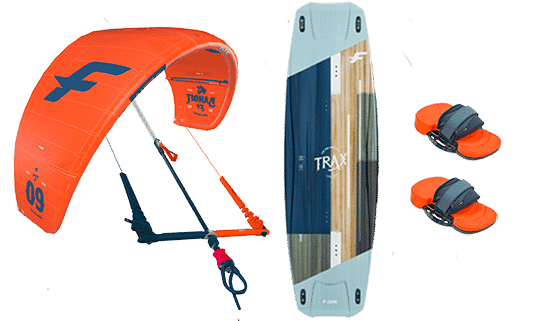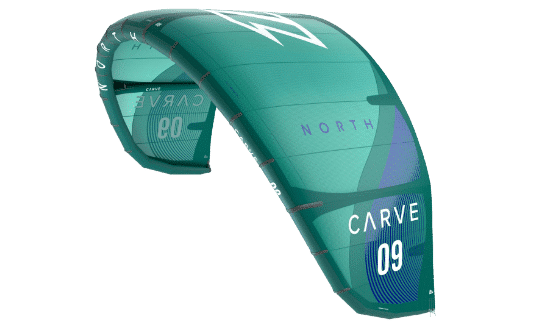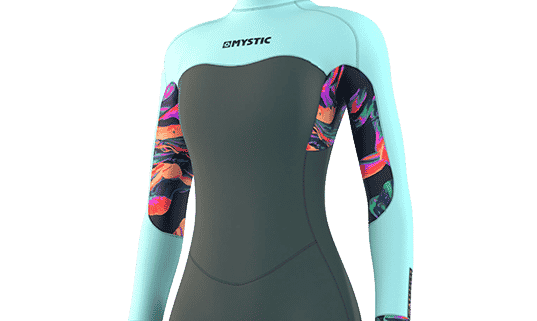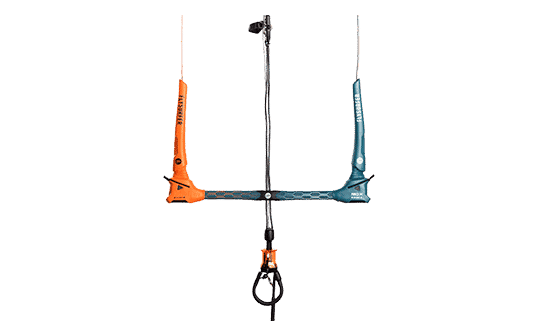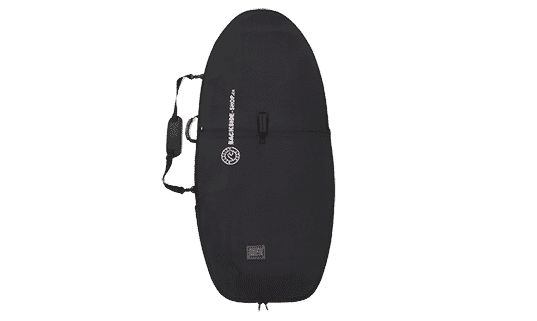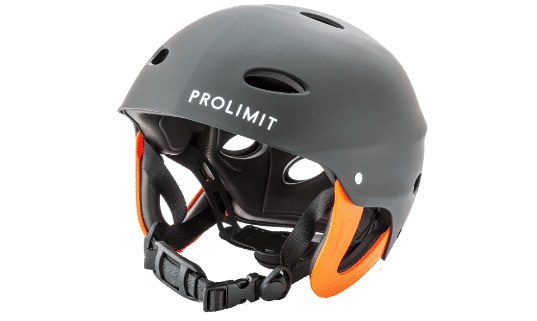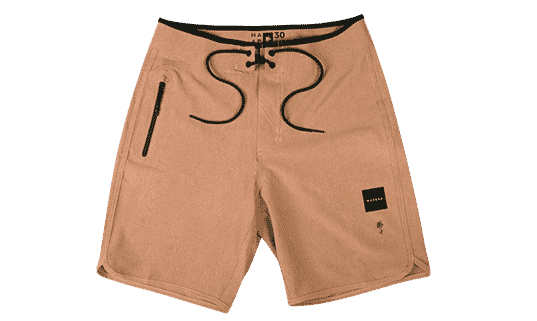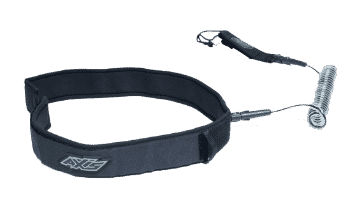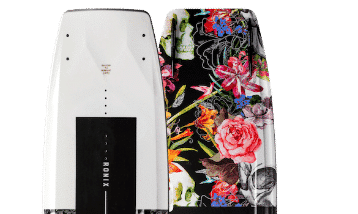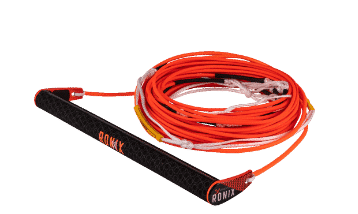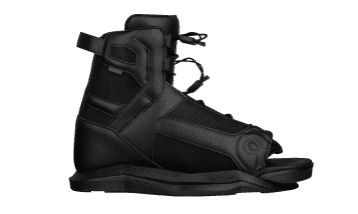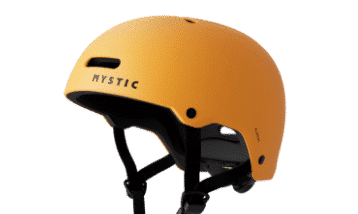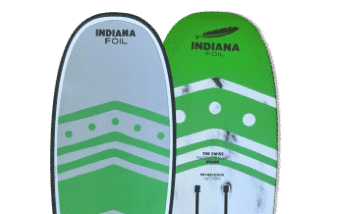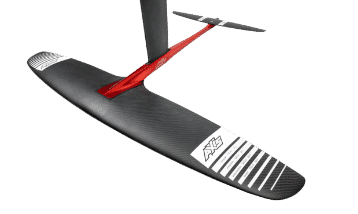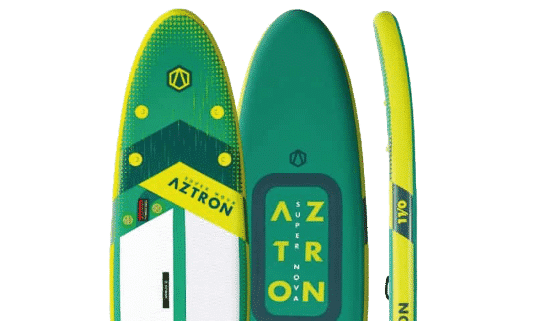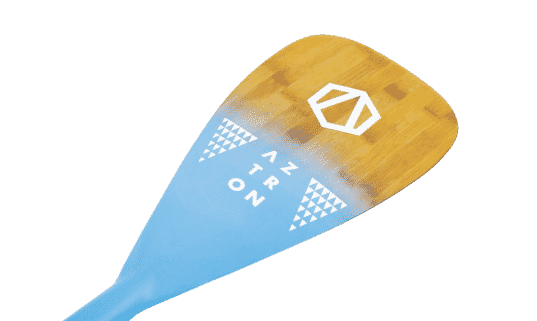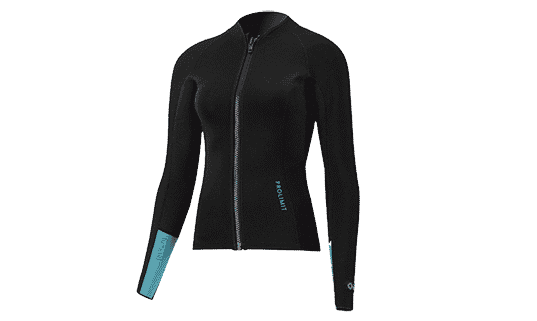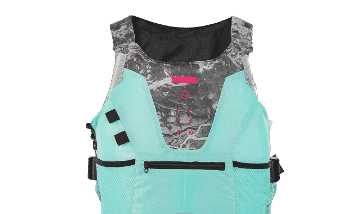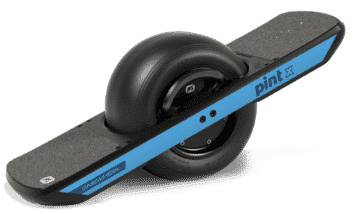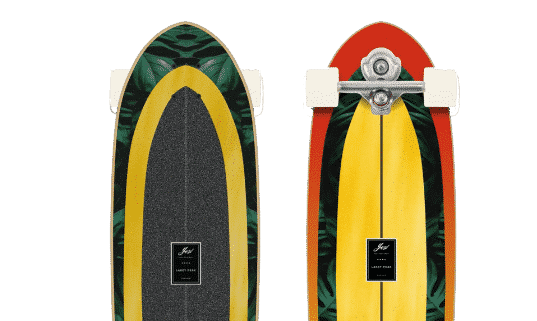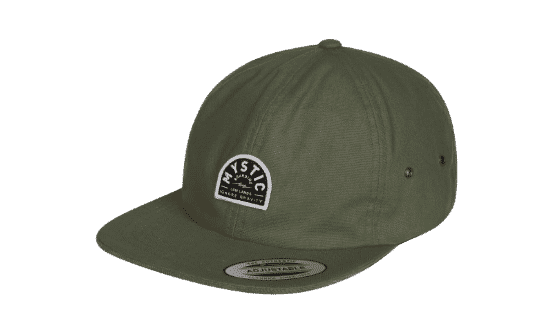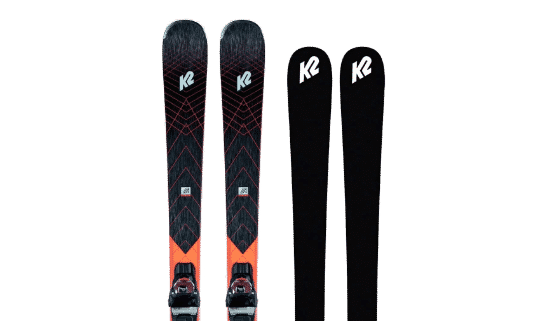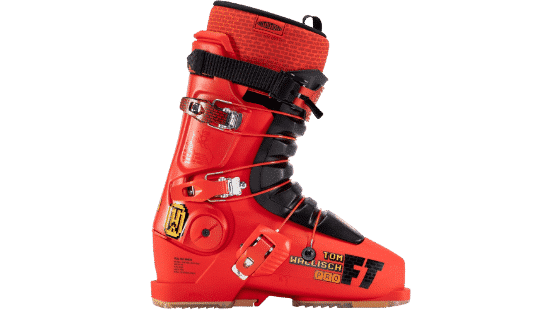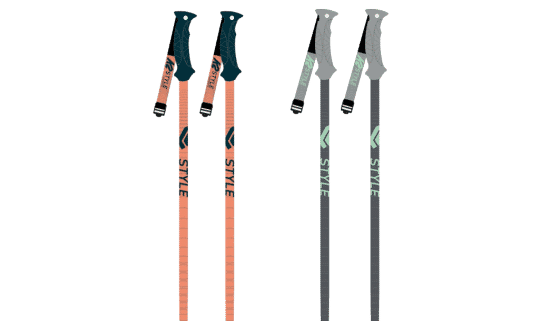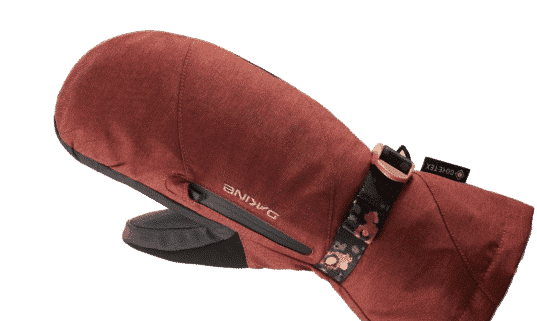How to choose a ski?
Skiing? Everyone knows what it is, but do you really know the different types of skis and the different ways to ski? Our Backside team explains it all to you, so that you can choose the equipment best suited to your needs.
Downhill skiing
Downhill skiing is the most accessible form of alpine skiing and is suitable for the whole family. It is a compulsory part of learning to ski and acquiring the right positions and balance.
It is the practice of those who love beautiful, well-cut curves and it is also the basic practice of alpine skiing. This practice consists of descending the marked and groomed ski slopes by making long turns or by going straight down the slope in "all schuss" mode.
In order to be able to make high-speed turns on the hardest snow, the piste ski has a classic camber and a narrow width of less than 86 mm. This means that the edge-to-edge transitions are ultra fast and the grip is formidable.
All-purpose ski / all-mountain
As its name indicates, the all-terrain ski is capable of passing through all types of snow, whether it is groomed, bumpy, rough or powder. This allows you to alternate between downhill and off-piste skiing.
The all-purpose ski is ideal for sportsmen who do not want to restrict themselves to a given practice but who want to take advantage of all the opportunities offered by the resort.
In order to adapt to all types of snow, the all-mountain ski is slightly wider than a classic piste ski and has a rocker in the tip. This technology brings the front end of the ski up early in order to stay on the surface in soft snow. The rocker makes it easier to manoeuvre off-piste and makes the ski more fun.
Obviously the wider the ski you choose, the greater its lift and comfort in powder, but the more technical it will be to drive on piste.
All-mountain skis have a skate width of between 80 and 100 mm. But between a ski with 87 mm at the base and a ski with 97 mm at the base, the result will still be quite different.
Freeride skiing
As the name suggests, with Free and Ride the aim is to glide freely around the mountain in search of the beautiful line and vast expanses of powder snow. This adrenaline-fuelled and adventurous sport is reserved for experienced skiers as it requires a good technical command and a great knowledge of the mountain and its safety rules.
Freeride skis are generally wider than 110 mm at the runner
With large skate widths, these skis are primarily designed for fresh snow and powder. They have a big rocker in front, sometimes an extra rocker in the back and even a flat or inverted camber to be as manoeuvrable as possible off-piste.
Generally stiff and sporty, these freeride skis can return to the piste when fresh snow is not available. Expert skiers will use them as everyday skis.
Freestyle skiing
Freestyle skiing is about doing jumps and tricks. Most of the time freestyle is practiced in snowparks, a dedicated freestyle area with Kickers (jumps), Rails (slide bars) and Half Pipe (half pipe of snow). Freestyle also includes JIB, which is urban freestyle inspired by skateboarding and rollerblading, and backcountry freestyle skiing, a hybrid between freestyle and freeride, which consists of off-piste tricks in powder snow.
In freestyle, it is imperative to choose bi-skate skis that facilitate switch riding (skiing in reverse). They will be narrower for the park and wider for the backcountry.
Freestyle skis with a classic full-length camber offer a formidable grip. These are the skis to choose for half pipe. Double rocker freestyle skis are much easier to handle. They are ideal for flat skiing and for linking park modules with ultra-fast pivots.
